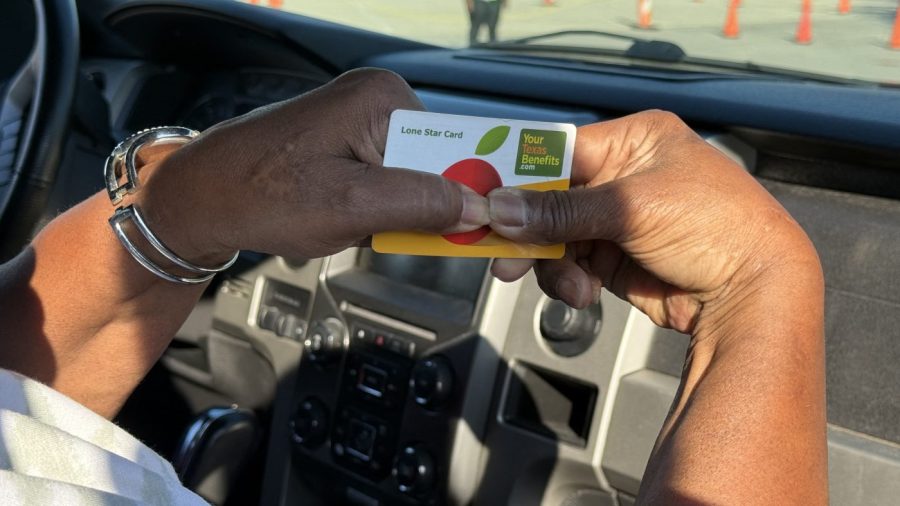As 42 million low-income recipients Supplemental Nutrition Assistance Program (SNAP) benefits get caught in the ongoing government shutdown, a new study suggests the program’s purchasing power falls short of helping people buy the healthiest eating plans.
Indiana-based researchers considered whether SNAP benefits, which are based on the Thrifty Food Plan model for a low-cost diet, provide enough money to cover the costs of three widely recognized, healthy eating plans: the Harvard Healthy Eating Pattern; the Mediterranean diet; and Dietary Approaches to Stop Hypertension, or the DASH diet.
SNAP benefits do not cover the entire costs for all demographics to maintain the Mediterranean or DASH diets, both of which can reduce chronic diseases, according to the study. But it determined that the food assistance was enough for each demographic to purchase foods that comply with the Harvard diet, which emphasizes vegetables, fruits, whole grains and healthy proteins.
Because the financial assistance doesn’t cover all “health-centered alternative diets,” SNAP beneficiaries are effectively saddled with “a poverty tax” as they try to feed themselves, researchers concluded.
SNAP benefits are meant to supplement the amount of money recipients spend on food, with beneficiaries expected to come up with about 30 percent of their own net income. The average recipient household receives a monthly payment of $332, according to the U.S. Department of Agriculture.
The funding that goes onto recipients’ electronic cards has been jeopardized during the government shutdown that began Oct. 1. A federal judge has ordered the Trump administration to make the latest payments for November.

